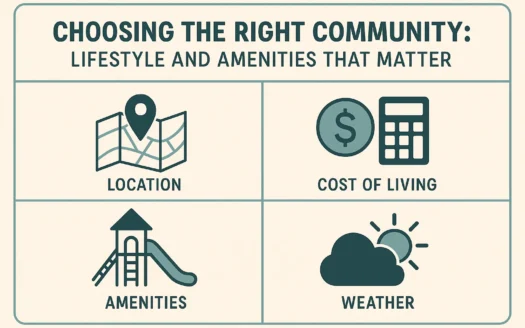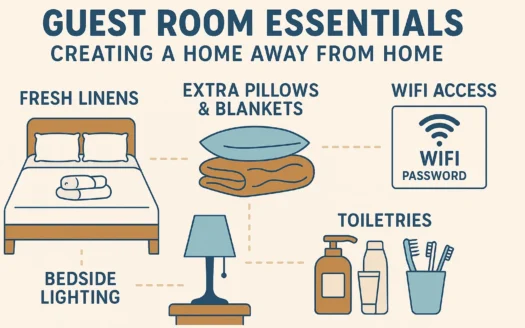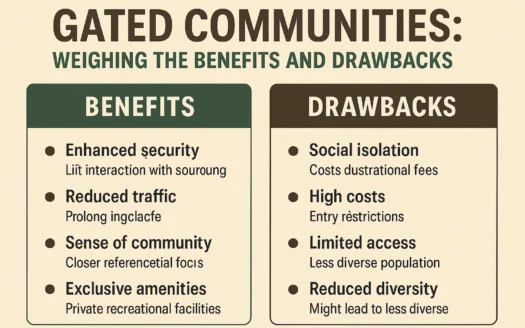How Your Neighborhood Shapes Your Daily Life

How Your Neighborhood Shapes Your Daily Life
Where you live is more than just a backdrop to your routine—it’s a defining factor in how you experience the world. From the rhythm of your day-to-day activities to your long-term well-being, your neighborhood’s characteristics can subtly or significantly shape your life. Below, we explore key aspects influenced by your surroundings.
1. Lifestyle and Social Dynamics
Your neighborhood sets the tone for how you live. A bustling urban area might offer walkable access to cafes, theaters, and nightlife, fostering a fast-paced, socially active lifestyle. In contrast, a suburban or rural community may prioritize quiet, space, and family-friendly environments. The local culture, demographics, and community events also determine opportunities for connection and hobbies.
- Proximity to parks or recreational facilities can encourage outdoor activities.
- Access to cultural hubs (museums, galleries) may inspire creative pursuits.
- Community centers or clubs often shape social interactions.
2. Safety and Peace of Mind
Safety is a cornerstone of neighborhood appeal. Areas with lower crime rates, well-lit streets, and active neighborhood watch programs foster a sense of security. This not only impacts mental well-being but also influences daily habits—like evening walks or children playing outdoors. Trust among neighbors and a cohesive community further enhance this feeling of safety.
- Low crime statistics reduce stress and increase outdoor activity.
- Visible emergency services or patrols provide reassurance.
- Neighborhood cohesion encourages collective responsibility.
3. Access to Amenities
Convenience is often tied to location. A neighborhood’s amenities—such as grocery stores, healthcare facilities, schools, and gyms—affect how efficiently you manage daily tasks. Walkability or short driving distances to these essentials save time and energy, while limited options may require longer commutes.
- Quality schools within the area benefit families with children.
- Nearby healthcare services ensure quick access during emergencies.
- Retail and dining options add everyday convenience.
4. Commuting and Transportation
Your daily commute is dictated by geography. Living close to work or transit hubs can free up hours in your day, while remote locations might lead to longer, more stressful travel. Public transportation availability, traffic patterns, and parking options also play a role in shaping your routine.
- Proximity to highways or public transit reduces commute times.
- Bike lanes or pedestrian pathways promote eco-friendly travel.
- Parking availability affects convenience for drivers.
Final Thoughts
Choosing a neighborhood is a decision that resonates through every aspect of your life. By prioritizing factors like lifestyle alignment, safety, amenities, and commute logistics, you can select a location that supports your goals and enhances your daily experience. Take time to research and visit potential areas—your future self will thank you.




